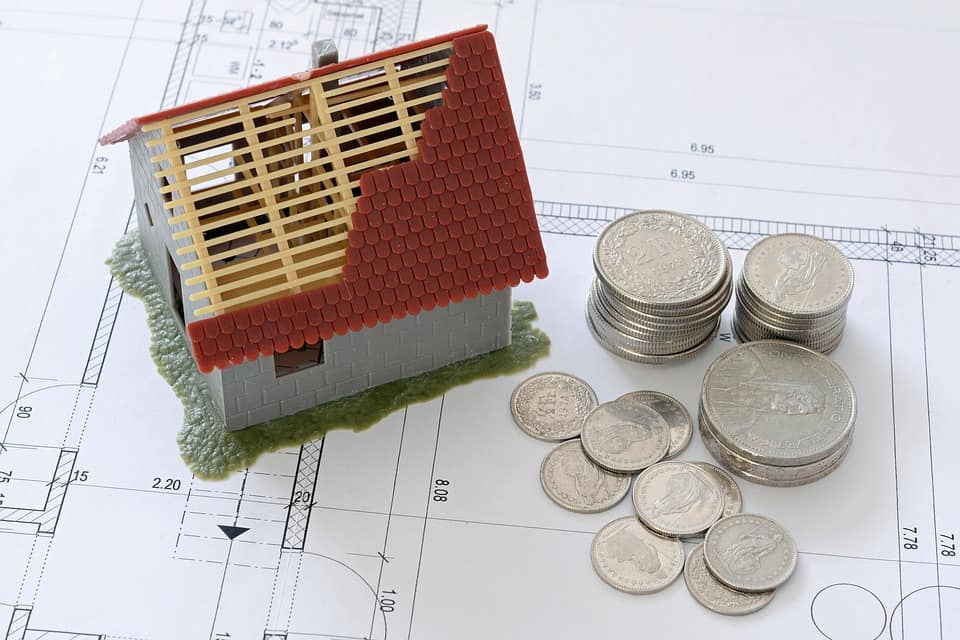Official data indicates that revenues derived from sales of land by China’s local government authorities have surged by more than 165-fold since the launch of real estate market reforms just over two decades ago.
The topic of land sale revenues by local governments in China has returned to the fore in domestic media discussions, following Beijing’s decision to make tax authorities exclusively responsible for their collection in future.
Fiscal revenues raised by local governments via land sales have seen extremely rapid growth for over two decades in China, following the launch of marketisation reforms of the residential housing market in 1998.
Land transfer revenues stood at just 50.7 billion yuan in 1998 according to data from the Ministry of Finance (MOF), yet had risen to over 8.4 trillion yuan by 2020, for an approximately 165-fold increase.
In 2020 land transfer revenues were 8.4142 trillion yuan, for a YoY increase of 15.9%. MOF forecasts that 2021 revenues will remain on par with those last year.
Since 2015 land transfer revenues have steadily expanded as a share of Chinese GDP, reaching 8.3% of the total by 2020.
Research from Yuekai Securities indicates that China’s province level governments have become heavily reliant upon land sale revenues for fiscal support. In 2019 the land fiscal dependence ratio of provinces including Zhejiang, Anhui, Jiangsu, Shandong, Jiangxi, Guizhou and Hubei stood at between 90 – 120%
In 2019 Jiangsu province and Zhejiang province led China in terms of land sale revenues, both at over 800 billion yuan (USD$125.03 billion). Shandong province came in third with 608.6 billion yuan, followed by Guangdong province at 552.9 billion yuan.
Data from Yuekai Securities further indicates that the cost of land sales is considerable, with approximately 52% of revenues used as compensation for land acquisition and demolition costs.
Approximately 23% is used for “land consolidation expenditures,” a further 11% for urban development expenditures, and around 1% for rural infrastructure development, leaving a very small share to be freely allocated as fiscal resources.




